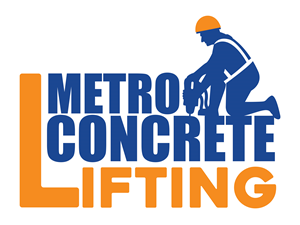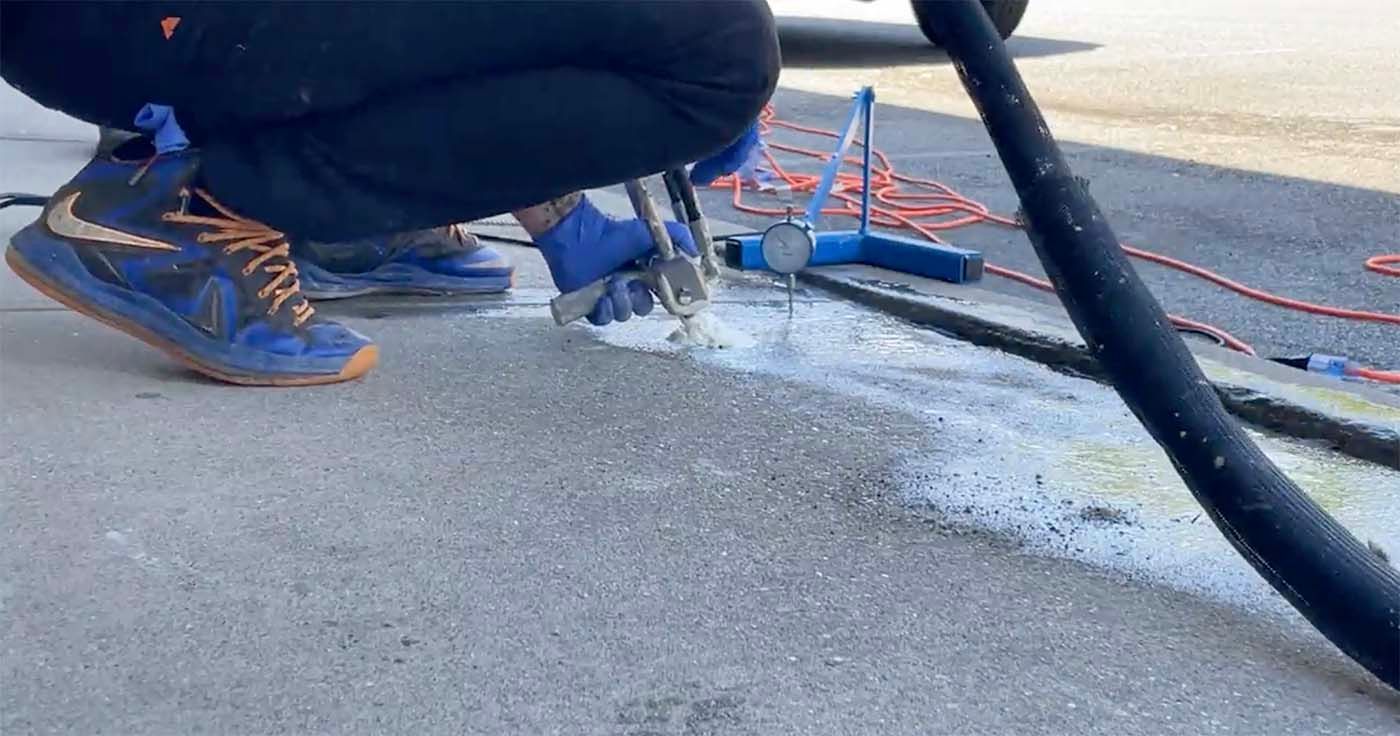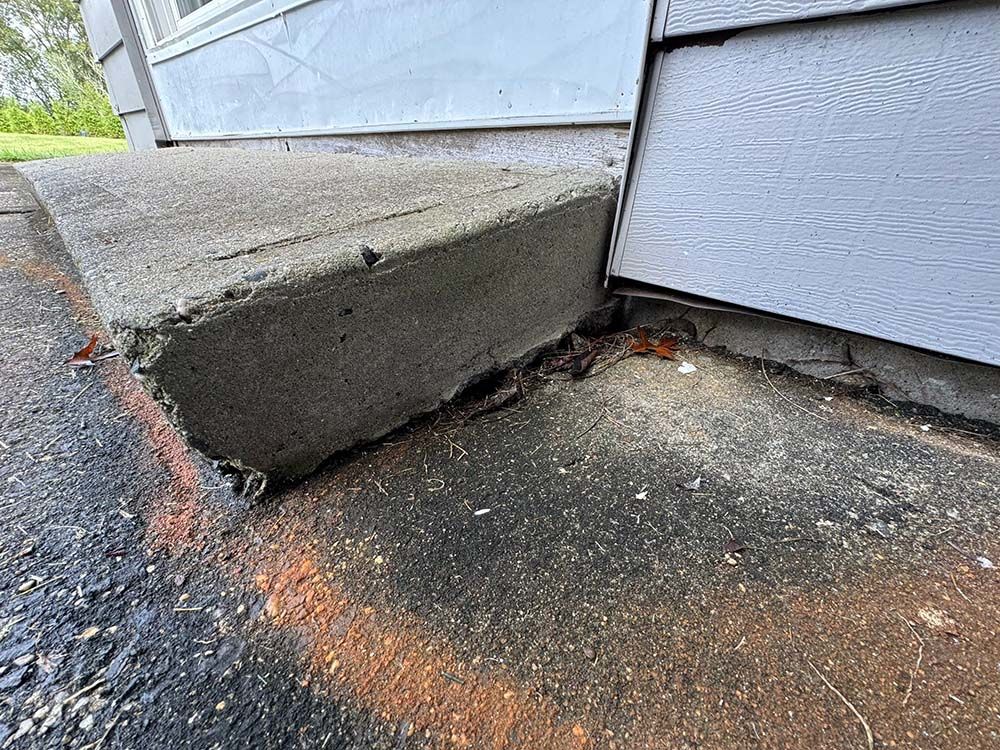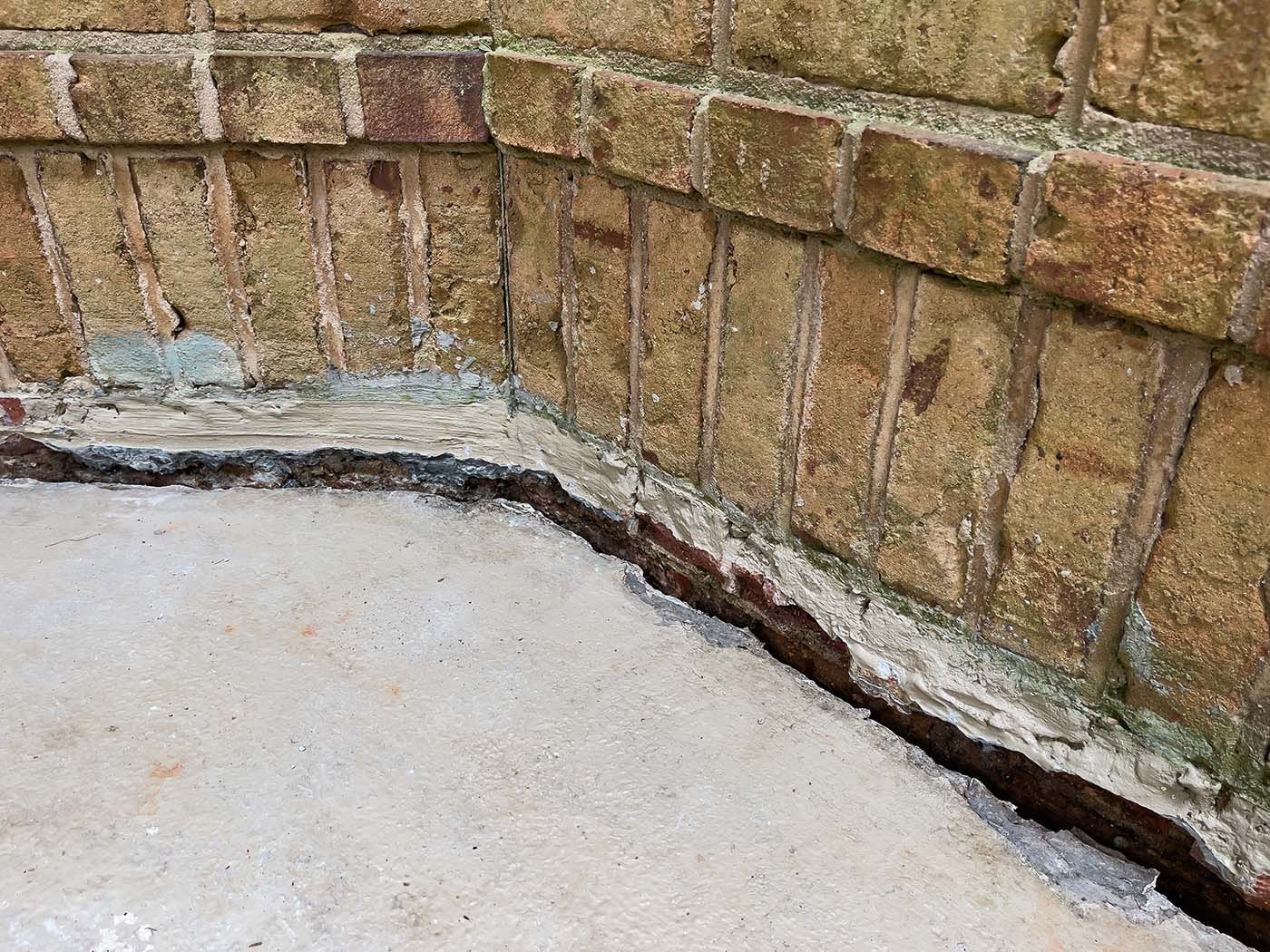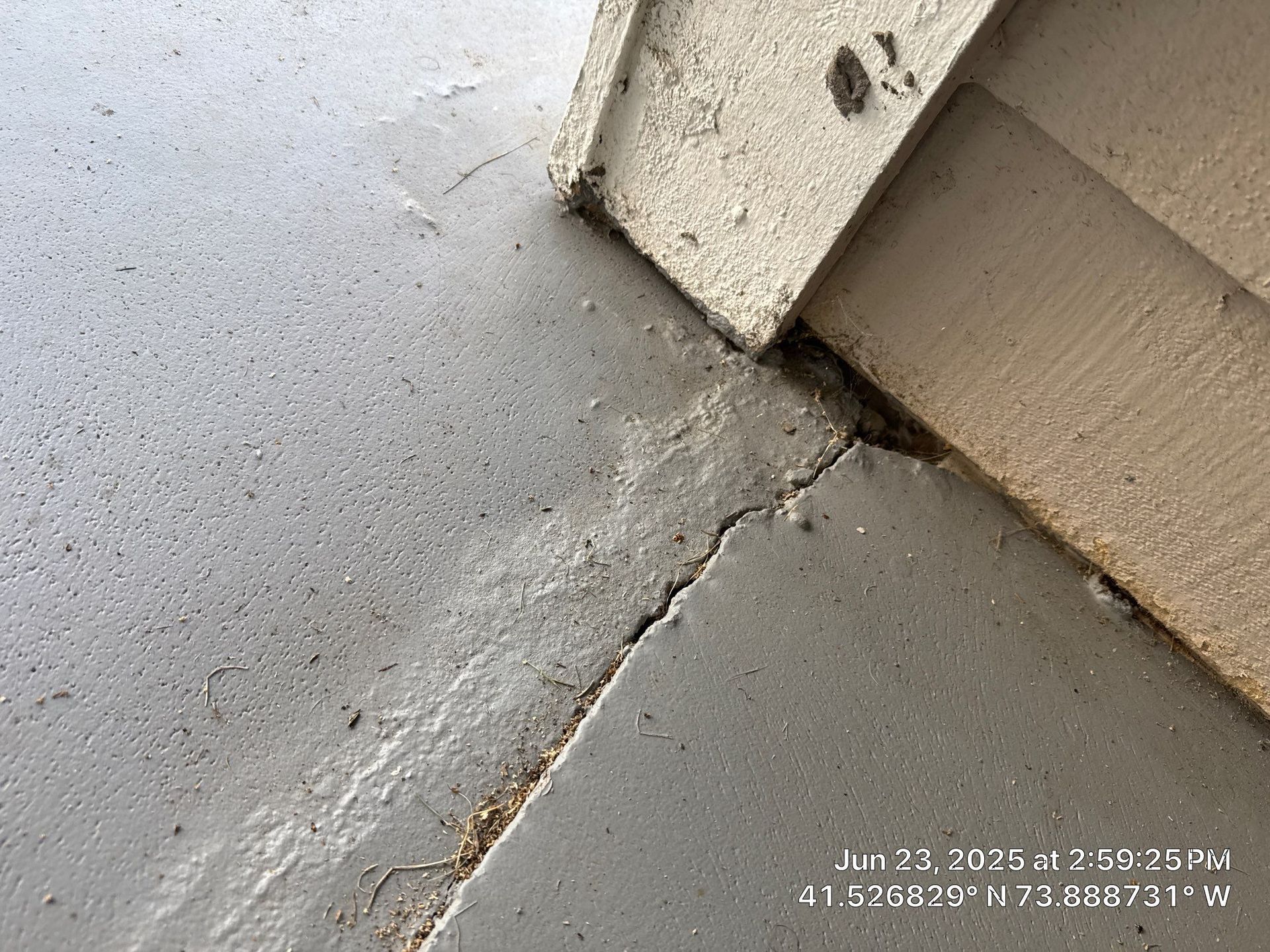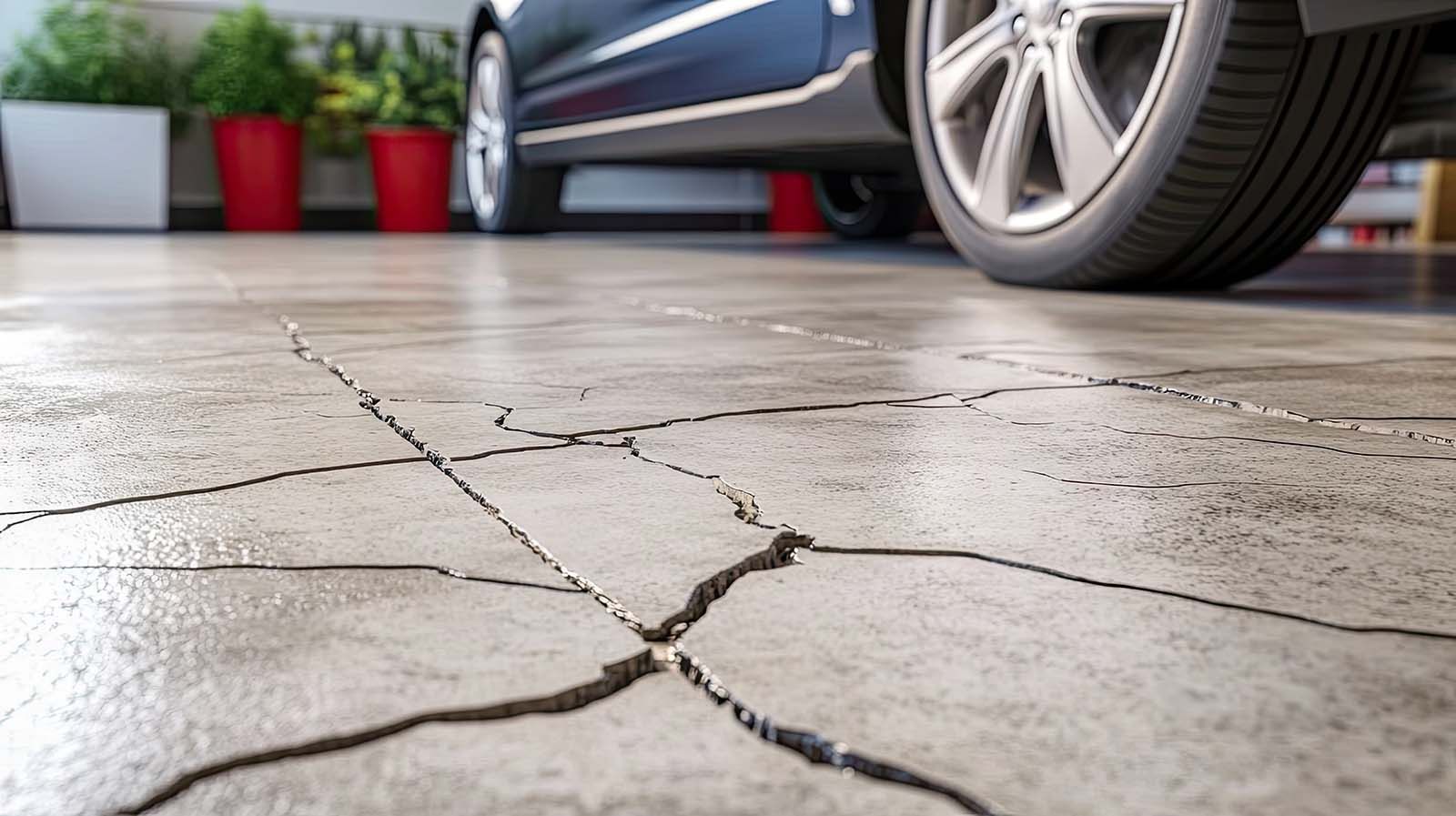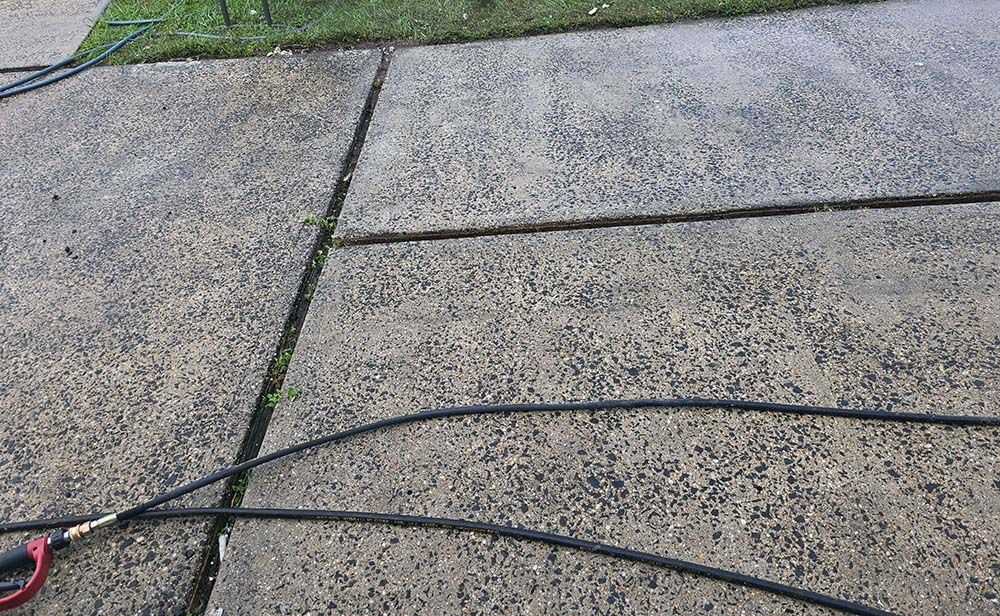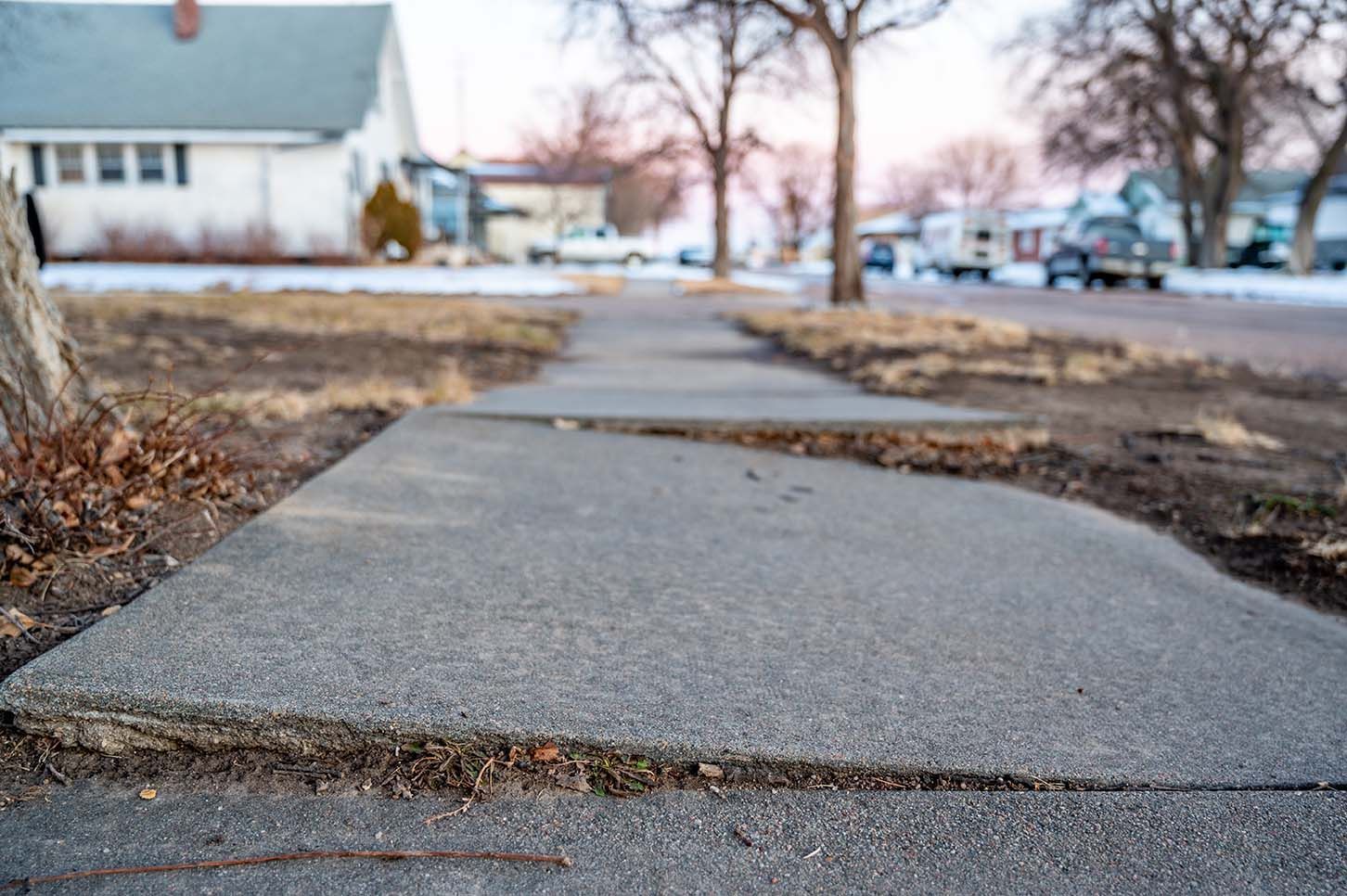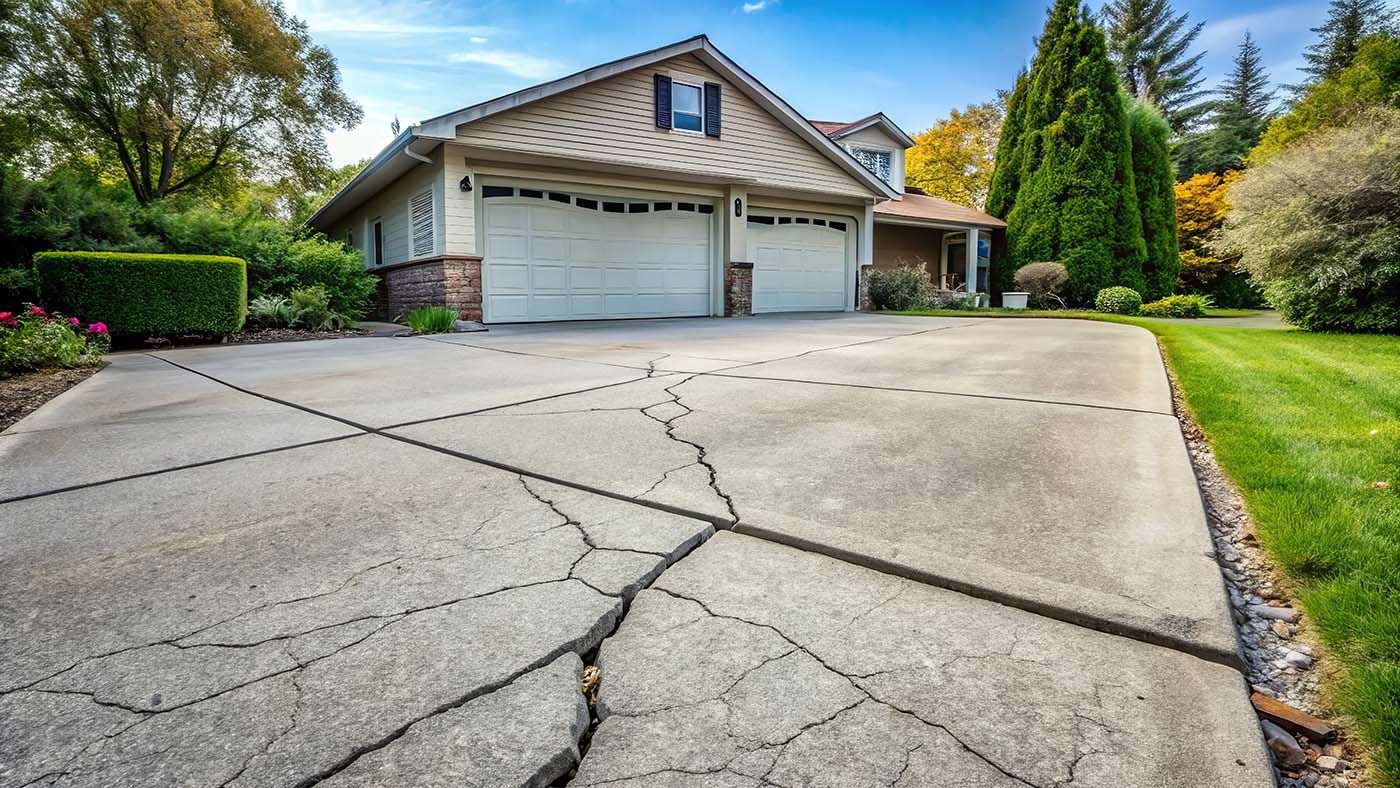How Long Does Foam Lifting Last? | Metro Concrete Lifting
Request A Free EstimateFoam lifting typically lasts 20 years or longer—often the lifetime of the slab itself. Unlike mudjacking materials that shrink, erode, or wash away, polyurethane foam stays stable, resists moisture, and strengthens the soil beneath your concrete for decades of reliability.
What Is Foam Lifting?
Foam lifting—also called polyurethane concrete leveling—is a process where high-density foam is injected beneath sunken slabs. As the foam expands, it gently raises the concrete back into place and fills empty voids in the soil.
At Metro Concrete Lifting, we use commercial-grade, closed-cell foam that’s moisture-resistant and environmentally safe. It bonds with the soil, stops further settling, and keeps your surfaces level—without the mess of demolition or replacement.
🔗 Related Reading: Foam Concrete Leveling: Benefits & Cost Explained
How Long Does Foam Lifting Actually Last?
In most residential and commercial settings, foam lifting lasts two decades or more. The polyurethane foam itself won’t break down or lose volume—it’s the surrounding soil conditions that usually determine longevity.
Foam vs Mudjacking
| Method | Average Lifespan | Resistance to Moisture | Weight Impact |
|---|---|---|---|
| Foam Lifting | 20 + years | Waterproof (closed cell) | Lightweight (~2 lb/ft³) |
| Mudjacking | 5 – 10 years | Can erode over time | Heavy (100 + lb/ft³) |
🔗 Compare the two in detail: Foam vs Mudjacking: What’s Best for Your Slabs?
What Affects Longevity?
Several local factors influence how long your lift will last:
- Soil stability & drainage: Poor drainage can cause soil washout; foam’s waterproof nature minimizes this risk.
- Climate & freeze-thaw cycles: In New Jersey and Westchester, frequent freezing and thawing expand soil. Foam’s flexibility absorbs movement without cracking.
- Load weight: Driveways and garages bear heavier loads—our engineers adjust injection depth and density accordingly.
- Installation quality: Proper drilling patterns and injection pressure are key. Metro’s trained technicians calibrate each project for precision results.
Maintenance Tips to Make It Last Even Longer
Once your slabs are leveled, a few simple habits extend their lifespan:
- Redirect water – Ensure downspouts and gutters move runoff away from slabs.
- Seal surface cracks – Prevent moisture from seeping into joints each spring.
- Inspect annually – Catch early settling before it becomes noticeable.
- Call us for touch-ups – A minor foam re-injection can keep your surfaces perfect for years.
Small steps like these can add another 5 to 10 years to the life of your repair.
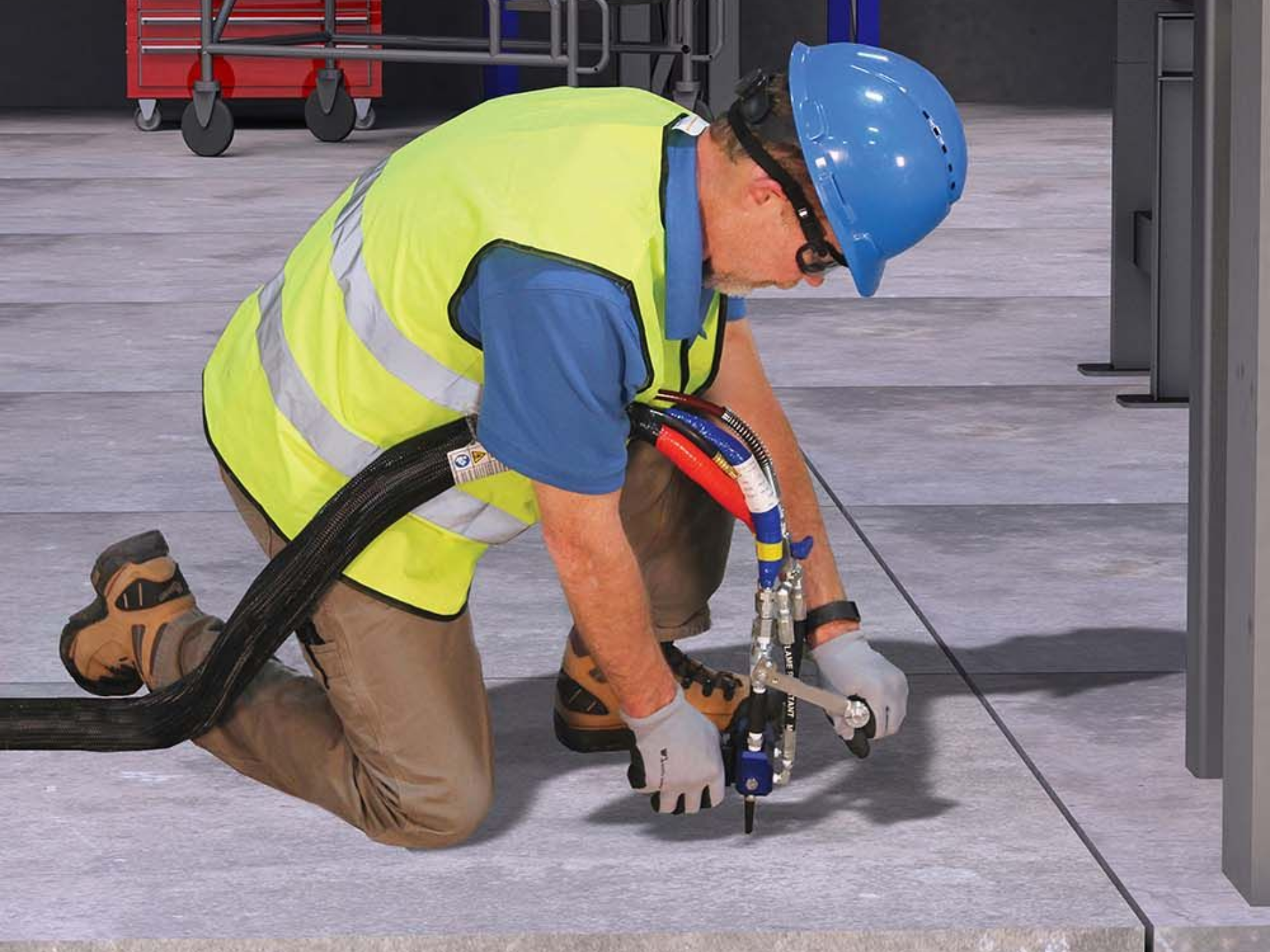
s Foam Lifting a Permanent Fix?
The term permanent can be tricky. The foam itself is permanent—it will never rot, crumble, or wash away. The only variable is the ground beneath it. If major soil movement occurs decades later, we can quickly re-inject foam through the same holes to re-stabilize the area.
Because of this, homeowners in Westchester, NJ, and the Lower Hudson Valley often see our repairs last as long as their concrete driveway, sidewalk, or patio.
Real Results from Local Homeowners
“Metro Concrete Lifting raised our sinking driveway in Bergen County five years ago—it’s still perfectly level today. The foam worked so well that we had them back to do our sidewalks too.” — Homeowner, Paramus NJ
Stories like this show why local expertise + modern foam technology delivers long-term peace of mind.
When Foam Lifting Might Not Be Enough
If the concrete is severely cracked, broken, or the base soil has completely collapsed, replacement may be the smarter investment. Our technicians will always give you an honest assessment.
🔗 Learn more: Concrete Slab Leveling vs Replacement
Ready for a Long-Term Fix?
Uneven concrete isn’t just embarrassing—it’s a trip hazard and can lower your home’s value. Let Metro Concrete Lifting help restore safety and curb appeal with a solution that lasts for decades.
How long does foam lifting last on driveways or sidewalks?
Usually 20 years or longer — often matching the concrete’s own lifespan.
Is foam lifting better than mudjacking?
Yes. Polyurethane foam is lighter, waterproof, and lasts twice as long.
Can foam lifting be done in cold weather?
Yes. The foam expands and cures even in low temperatures.
Will I need to re-lift the same area later?
Rarely. If soil shifts after many years, small re-injections can re-level it quickly.
